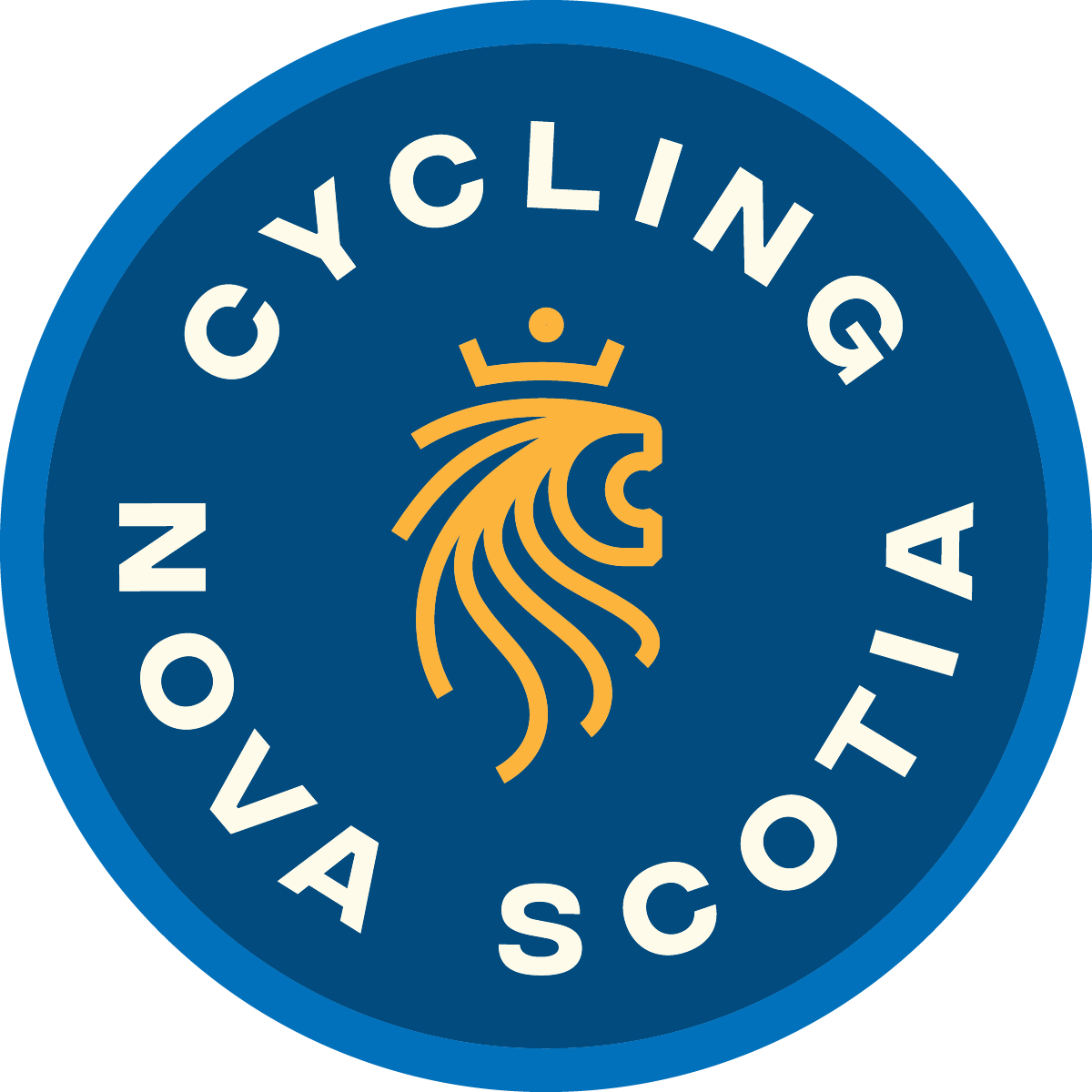ONE OF THE WORLD’S BEST CYCLING ADVENTURES BECKONS.
Take on the challenging Cabot Trail, a 300 km road carved into the edge of the jaw-dropping Cape Breton Highlands. Climb up through old growth forests before a thrilling descent down to the coastline.
Featuring dramatic ocean views and highland scenery, the Cabot Trail has been described as one of the world’s top bicycle rides. Its breathtaking coastal topography presents some wonderful challenges for cyclists and rewards riders with many memorable vistas.
Start the paved-road Cabot Trail loop in the village of Baddeck, where Alexander Graham Bell, inventor of the telephone, made his home. Nestled on the shore of the Bras d’Or Lake, the village is a favorite stop for those looking for tranquil beauty in the heart of the island. Baddeck, offering a selection of accommodations, restaurants and services, can be reached from Halifax in about four hours by car, or from Sydney in about 45 minutes. From here, you can choose to ride the Trail clockwise if you prefer the progression of hills, or counter-clockwise if you like to ride on the road’s edge overlooking the sea.
Heading north from Baddeck towards St. Ann’s Bay, you can stay on the Cabot Trail and brush up on your Gaelic at the Gaelic College . Alternatively, you can stay on the Trans Canada Highway and turn off at Route 312 to cross St. Ann’s Bay via the Englishtown Ferry (bikes are free!) and join again with the Cabot Trail 5 km after the crossing. As you pedal, you’ll see shops of local artisans.
Continue riding the Cabot Trail north and stop at the Wreck Cove General Store to stock up on grocery basics, trip necessities, fresh coffee, and local information. After a climb up Smokey Mountain, you’ll reach Cape Smokey Provincial Park, a popular rest stop for visitors to the Cape Breton Highlands. Keep an eye out for wildlife along the road, eagles soaring above, and whales at sea.
Take a refreshing plunge into the Atlantic Ocean at Ingonish Beach, one of many superb beaches in the Cape Breton Highlands. The village of Ingonish is nestled comfortably between the Cape Breton Highlands National Park and the Atlantic Ocean. Further north at Neil’s Harbour, stop at the Chowder House for a bowl of our best seafood. Take a side trip leaving the Cabot Trail and enjoy a walk to the windswept headland of White Point.
At Aspy Bay, you can try kayaking, eating fresh oysters at the local campground, or visiting the community of Dingwall. You can follow the paved road to pretty town of Bay St. Lawrence to take a whale watching tour or continue along the unpaved road heading to remote Meat Cove , where oceanside lodging and camping are available.
Back on the Cabot Trail, ride through Cape Breton Highlands National Park to reach the island’s west coast. Look for whales as you hike the amazing Skyline Trail. Take a small detour to Pleasant Bay Whale Interpretive Centre for fascinating exhibits on whales and other marine life.
Continuing south, you’ll venture into Chéticamp, a busy fishing village with a thriving Acadian culture. There are several restaurants and accommodations in the village and an abundance of seafood featured on the menus. Chéticamp Island is also well worth a visit for a picnic or hike.
Heading inland at Margaree Harbour follow the Margaree River valley, a favourite place for salmon anglers. Nearing the end of the Cabot Trail back towards Baddeck are two alternative spur options. Take Yankee Line Road along Middle River and savor some local beer at Big Spruce Brewing . Or turn left onto Margaree Road to explore Uisge Bán Falls Provincial Park for a picnic, hiking trails, and of course, a beautifully cascading waterfall.
USING THIS MAP
Routes profiled in this brochure are primarily on secondary highways and rural roads and are not designated bicycle routes. The majority of recommended routes do not have paved shoulders. Rider discretion is advised.
Efforts have been made to profile routes with light vehicle traffic; however, traffic volumes are open to fluctuation. Higher traffic should be expected from June to September during peak tourism season.
Make sure you take time to plan ahead and are properly equipped for your ride, including a helmet (required by law). Preparation will help you make the most of your Nova Scotia cycling experience!
All cyclists using this map ride at their own risk.

